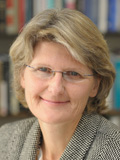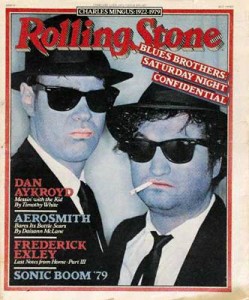Dr. Pauline W. Chen’s March 17th New York Times article answers the question, “What Makes a Hospital Great?” In this article, Dr. Chen finds:
“Hospitals have long vied for the greatest clinical reputation. Recent efforts to increase public accountability by publishing hospital results have added a statistical dimension to this battle of the health care titans. Information from most hospitals on mortality rates, readmissions and patient satisfaction is readily available on the Internet. A quick click of the green ‘compare’ button on the ‘Hospital Compare’ Web site operated by the Department of Health and Human Services gives any potential patient, or competitor, side-by-side lists of statistics from rival institutions that leaves little to the imagination. The upside of such transparency is that hospitals all over the country are eager to improve their patient outcomes. The downside is that no one really knows how.”
I’ve written often about the failed promise of technology alone, and this is reaffirmed in Dr. Chen’s findings:
“…hospitals have made huge investments in the latest and greatest in clinical care — efficient electronic medical records systems, ‘superstar’ physicians and world-class rehabilitation services. Nonetheless, large discrepancies persist between the highest and lowest-performing institutions, even with one of the starkest of the available statistics: patient deaths from heart attacks.”
As she asks why this is, the answers have become relatively clear from a study that was released in the Annals of Internal Medicine this very week. This research indicated that it was not the expensive equipment, the evidence-based protocols, or the beautiful Ritz Carlton-like buildings. It was, instead, the culture of the organization.
Hosptials in both the top and bottom five percent in heart attack mortality rates were queried by the study team. One hundred fifty interviews with administrators, doctors and other health care workers found that the key to good (or bad) care was “a cohesive organizational vision that focused on communication and support of all efforts to improve care.”
“It’s how people communicate, the level of support and the organizational culture that trump any single intervention or any single strategy that hospitals frequently adopt,” said Elizabeth H. Bradley, Senior Author and Faculty Director of Yale University’s Global Health Leadership Institute.
So, it wasn’t the affiliation with an academic medical center, whether patients were wealthy or indigent, bed size, or rural vs. urban settings that mattered in hospital mortality rates. Rather, it was the way that patient care issues were challenged that made the difference. The physicians and leaders at top-performing hospitals aggressively go after errors. They acknowledge them, and do not criticize each other. Instead, they work together to identify the sources of problems, and to fix them.
One of the most telling findings in this study was that relationships inside the hospital are primary, and the physicians and staff must be committed to making things work. Dr. Bradley said. “It isn’t expensive and it isn’t rocket science, but it requires a real commitment from everyone.”
So, the next time that you select a hospital, look up its statistics, and I guarantee you that you will be surprised. When it comes to outcomes, to nurturing or even competent care, the biggest is not always the best.
Learn More:
- Annals of Internal Medicine: website
- Pauline W. Chen, MD: blog + Twitter: @PaulineChen
- Yale Global Health Leadership Institute: blogs + Twitter: @YaleGH
- Nick Jacobs, FACHE’s new Healing Hospitals video channel on Vimeo.com








